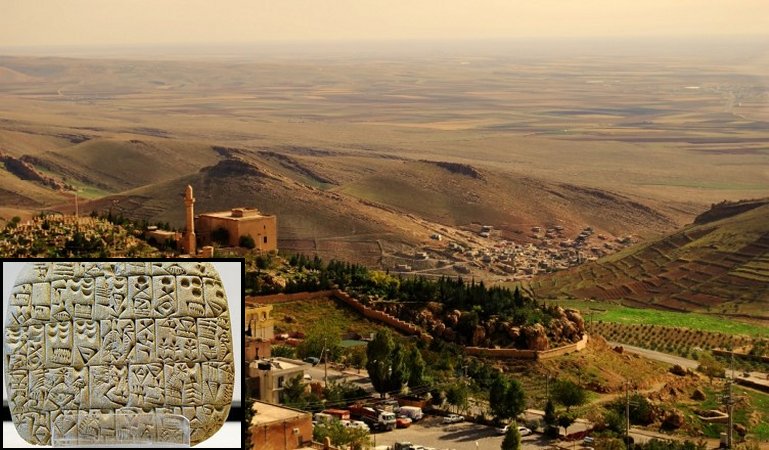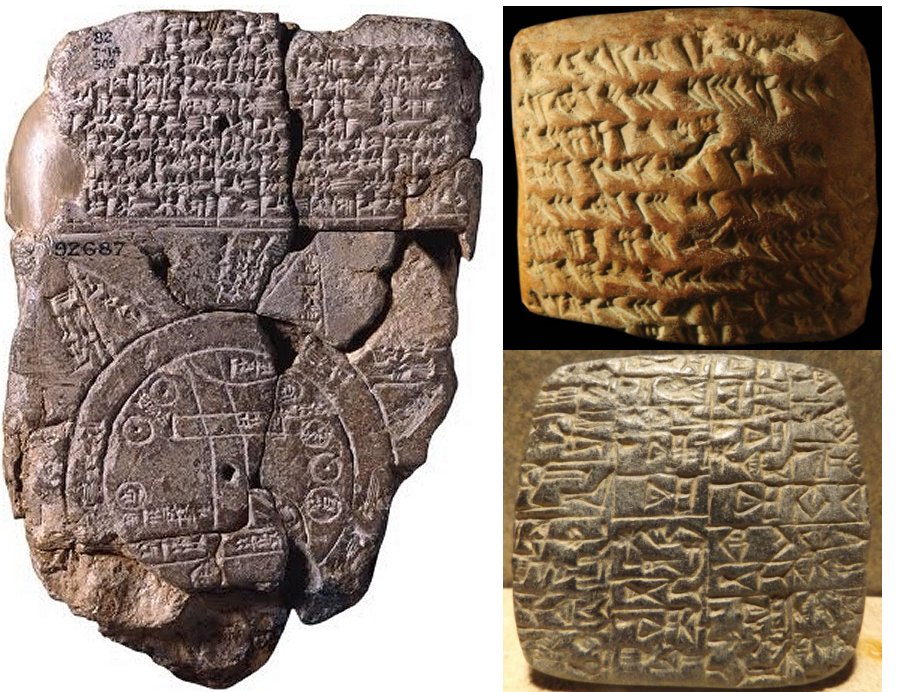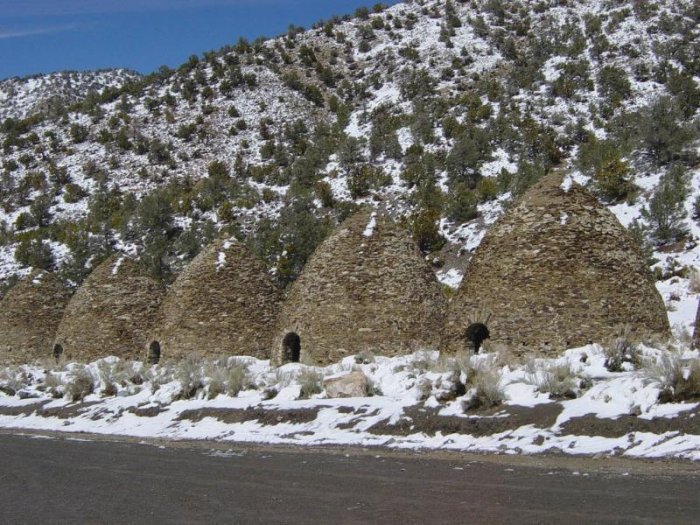Kiln Was Invented In Mesopotamia Around 6,000 B.C.
AncientPages.com - Kilns have been used since very ancient time to turn objects made from clay into pottery, tiles and bricks. A kiln is an oven or furnace or a heated chamber, for the purpose of hardening, burning, calcining or drying anything.
The world’s oldest known kiln has been traced to Mesopotamia and dates to around 6,000 B.C.
At Yarim Tepe located in the Sinjar valley some 7 km southwest from the town of Tal Afar in northern Iraq, archaeologists found more than 1500 rectangular furnaces and ceramic ovens used for cooking. Among the ovens was also a kiln that is over 8,000-year-old. Later archaeological discovered revealed that Sumerians used heated chamber regularly and kilns of various size and shape have been found in many places in Mesopotamia.
Sumerians used kilns to produce ceramic vases, female clay figurines, statues of gods and goddesses, and other items. Later, the use of kilns involved production of cuneiform tablets.
Mesopotamian writing- cuneiform tablets - Read more
More than 5000 years ago, people living in Mesopotamia developed a form of writing to record and communicate different types of information. Mesopotamian cuneiform writing (means: “wedge-shaped”) was made with the help of the stylus to make wedge shaped marks in the clay. Using this method over thousands of years, Mesopotamian scribes recorded on clay tablets – daily events, trade, the numbers of sheep, cattle, crops, laborers in the workforce, because trade and economic necessities were likely the biggest motivators for writing.
See also:
Eduba: Scribal School In Ancient Mesopotamia
Food And Clothing Of Middle Class Of The Sumerian Society
What Did Houses For Ordinary People In Sumer Look Like?
After the tablets were inscribed, they were either sun baked, or kiln fired. During summer temperatures in Mesopotamia reached up to 125°C, but with a low humidity so that the tablets became fairly hard. In spite of this, sun dried tablets were subject to alteration by soaking in water to soften the clay.
For this reason, two copies of the tablet were usually made in the case of an important agreement. King Hammurabi’s Code, stipulates a penalty for altering agreed-upon conditions in a tablet. Sometimes, the agreement in the tablet contained a phrase, a-na pi Za-lar Sar-pa la-bi-ri-im, “according to the original kiln fired writing.”
Charcoal kilns, California - Credit: Wikipedia
Kilns were also used in many other parts of the ancient world. The Chinese developed effective kilns capable of firing at around 1,000°C before 2000 BC. Early examples of simpler kilns found in Britain include those that made roof-tiles during the Roman occupation, but oldest kilns can be traced to Sumerians.
In modern times, Kilns are an essential part of the manufacture of all ceramics.
Copyright © AncientPages.com All rights reserved. This material may not be published, broadcast, rewritten or redistributed in whole or part without the express written permission of AncientPages.com
Expand for referencesMartin Levey - Clay And its Technology In Ancient Mesopotamia
More From Ancient Pages
-
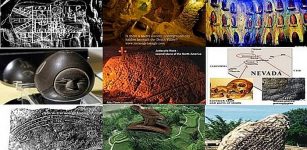 10 Great Ancient Mysteries Of North America
Featured Stories | Sep 30, 2015
10 Great Ancient Mysteries Of North America
Featured Stories | Sep 30, 2015 -
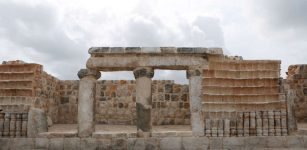 Ancient Mayan City Filled With Palaces, Pyramids And Plazas Discovered On Construction Site In Mexico
Archaeology | May 27, 2022
Ancient Mayan City Filled With Palaces, Pyramids And Plazas Discovered On Construction Site In Mexico
Archaeology | May 27, 2022 -
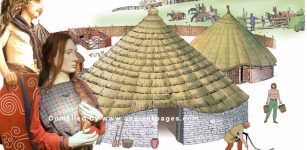 Celts: Facts And History About The Powerful And Intriguing People Of Central And Northern Europe
Civilizations | Aug 7, 2022
Celts: Facts And History About The Powerful And Intriguing People Of Central And Northern Europe
Civilizations | Aug 7, 2022 -
 Calakmul Was Powerful Ancient Maya Seat Of The Snake Kingdom
Featured Stories | Apr 15, 2019
Calakmul Was Powerful Ancient Maya Seat Of The Snake Kingdom
Featured Stories | Apr 15, 2019 -
 Brian Boru – Famous And Brave Irish Hero Who Dared To Chase Off The Vikings
Featured Stories | Jun 14, 2022
Brian Boru – Famous And Brave Irish Hero Who Dared To Chase Off The Vikings
Featured Stories | Jun 14, 2022 -
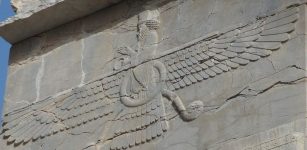 Winged Sun Disk: One Of The Oldest And Most Important Solar And Religious Symbols
Ancient Symbols | Mar 15, 2019
Winged Sun Disk: One Of The Oldest And Most Important Solar And Religious Symbols
Ancient Symbols | Mar 15, 2019 -
 Spir Mountain Cairns: Prehistoric Ancient Monuments To The Dead In Northern Sweden
Featured Stories | Jan 12, 2022
Spir Mountain Cairns: Prehistoric Ancient Monuments To The Dead In Northern Sweden
Featured Stories | Jan 12, 2022 -
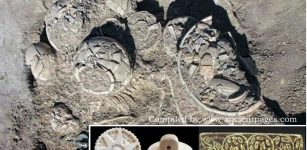 Magnificent Bronze Age Female Burial At Tepe Chalow Reveals Secrets Of The Greater Khorasan Civilization
Archaeology | Jul 29, 2025
Magnificent Bronze Age Female Burial At Tepe Chalow Reveals Secrets Of The Greater Khorasan Civilization
Archaeology | Jul 29, 2025 -
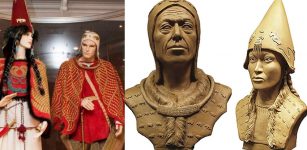 Stunning Facial Reconstruction Of ‘Siberian Tutankhamun’ And His ‘Queen’ Who Died 2,600 Years Ago
Archaeology | Jan 12, 2021
Stunning Facial Reconstruction Of ‘Siberian Tutankhamun’ And His ‘Queen’ Who Died 2,600 Years Ago
Archaeology | Jan 12, 2021 -
 Easter Island May Offer Proof Of An Alien Apocalypse
Archaeology | Jun 7, 2018
Easter Island May Offer Proof Of An Alien Apocalypse
Archaeology | Jun 7, 2018 -
 The Sistine Chapel Cypher – Secret Messages In The Art Of Michelangelo
Ancient Mysteries | Mar 3, 2018
The Sistine Chapel Cypher – Secret Messages In The Art Of Michelangelo
Ancient Mysteries | Mar 3, 2018 -
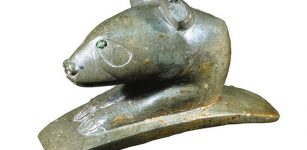 Use Of Tobacco Pipes By Hopewell People Tells A New Story
Archaeology | Jun 28, 2021
Use Of Tobacco Pipes By Hopewell People Tells A New Story
Archaeology | Jun 28, 2021 -
 Stonehenge Is Older Than Mankind – Archaeologist Suggests
Archaeology | Apr 12, 2018
Stonehenge Is Older Than Mankind – Archaeologist Suggests
Archaeology | Apr 12, 2018 -
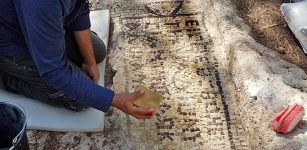 1,600-Year-Old Estate Of Wealthy Samaritan With A Rare Greek Inscription – Discovered
Archaeology | Mar 6, 2019
1,600-Year-Old Estate Of Wealthy Samaritan With A Rare Greek Inscription – Discovered
Archaeology | Mar 6, 2019 -
 Revealing Relatives In Ancient DNA With Unprecedented Precision
DNA | Dec 22, 2023
Revealing Relatives In Ancient DNA With Unprecedented Precision
DNA | Dec 22, 2023 -
 Great Heathen Army’s Power Revealed – Previously Unknown Viking Sites And Routes Found In Britain
Vikings | Jan 3, 2025
Great Heathen Army’s Power Revealed – Previously Unknown Viking Sites And Routes Found In Britain
Vikings | Jan 3, 2025 -
 Queen Teuta: Power-Hungry Villain Who Underestimated The Romans
Featured Stories | Oct 31, 2019
Queen Teuta: Power-Hungry Villain Who Underestimated The Romans
Featured Stories | Oct 31, 2019 -
 On This Day In History: Mysterious Death Of White Queen Anne Neville – On Mar 16, 1485
News | Mar 16, 2017
On This Day In History: Mysterious Death Of White Queen Anne Neville – On Mar 16, 1485
News | Mar 16, 2017 -
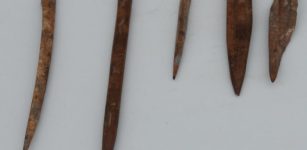 8,200-Year-Old Needles Unearthed In Turkey’s Izmir
Archaeology | Jul 13, 2022
8,200-Year-Old Needles Unearthed In Turkey’s Izmir
Archaeology | Jul 13, 2022 -
 Remains Of A 2,300-Year-Old Sunken Ship Discovered At Alamein Shore
Archaeology | Aug 12, 2023
Remains Of A 2,300-Year-Old Sunken Ship Discovered At Alamein Shore
Archaeology | Aug 12, 2023

